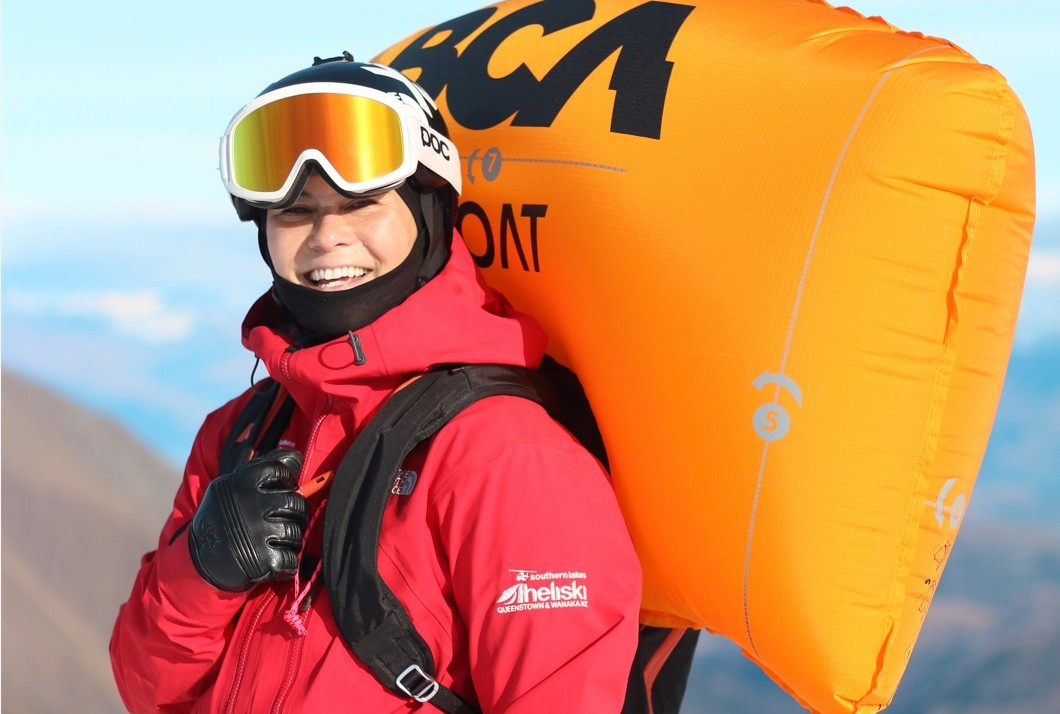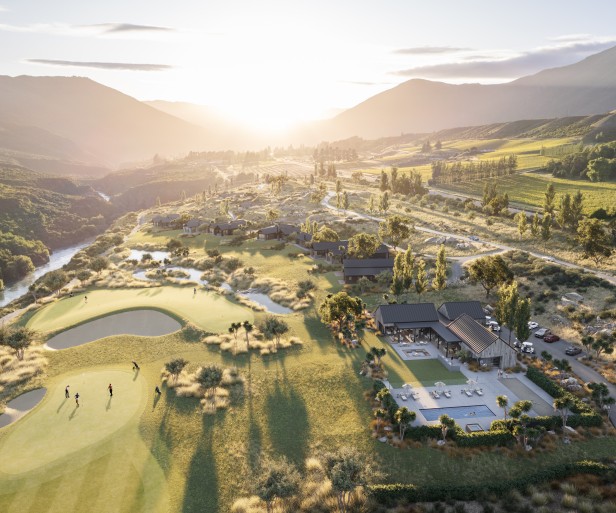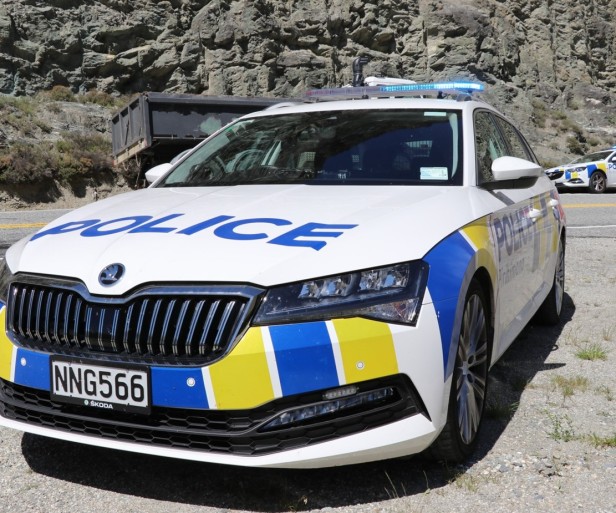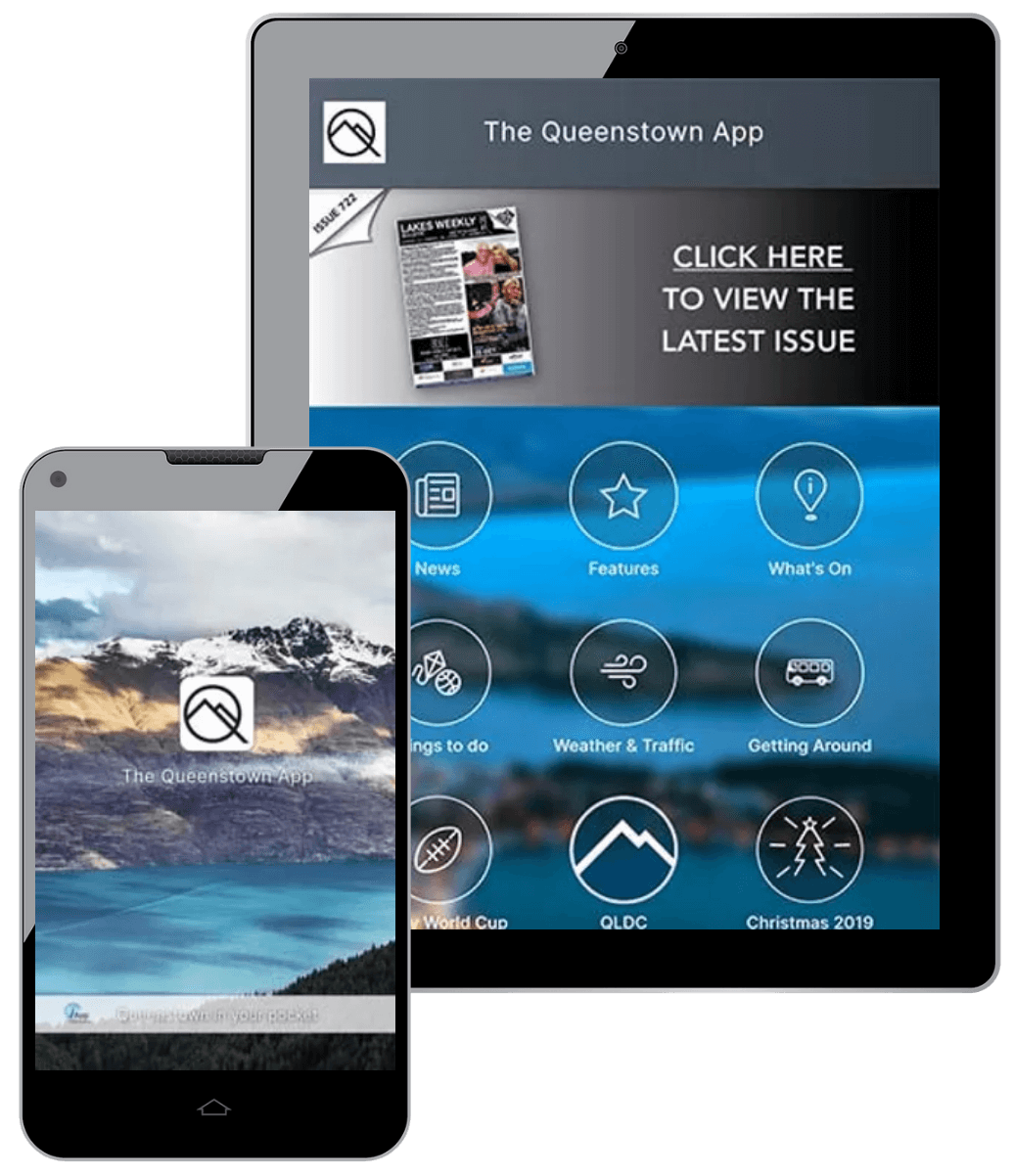Company invests in 40 more avalanche airbags

Southern Lakes Heli-Ski has invested in 40 more avalanche airbag backpacks for guests on its trips, to supplement its safety programme, chief guide Tarn Pilkington says.
They’ve been trialling the latest avalanche airbag packs with all guests for over a month now and are very happy with the results, he says. All airbags contain a shovel, probe and radio with users also wearing an avalanche transceiver.
“We’ve been liaising with companies in Canada, including Last Frontier Heliski where our guide, Janina Kuzma, also works and I did for four seasons,” he says.
“They were using the type of airbag we were interested in changing to, and we wanted further insight outside of our own experience we’ve gained over the last 15 years with our existing brand.”
Pilkington says their experience helped cement their decision before rolling them out as standard issue. “We’ve invested in enough to equip all guests every day whereas in the past we’ve only issued them on certain days where the avalanche danger or remoteness was a factor or if specifically requested.”
The company had a dozen packs to distribute, before adding the 40 new ones.
Kuzma, an Olympic World Championship freestyle skier, North Face athlete and very experienced downhill skier, was one of several guides working with guests on the trials of the new "BCA Float 12s" for the company during July.
They’ve been mandatory for heli-ski guides to wear for some years and prove very effective in the rare situation that they’re needed, Pilkington says. “In 20 years and hundreds of days of guiding I’ve never had to deploy one though.”
If a person is caught, or could be caught, they simply pull a trigger handle in the shoulder strap. This activates an air cannister to release compressed air into a large balloon that inflates from the top of the airbag. The system helps keep the person on the surface during an avalanche and will give the user a better chance of survival, he says.
The packs range in cost from $1000 to $2500 but are a very worthwhile avalanche safety investment. “These are not just a device for professional mountain companies. They’re something recreationalists can buy and do buy too. It’s another safety measure in your arsenal in the mountains,” he says.









